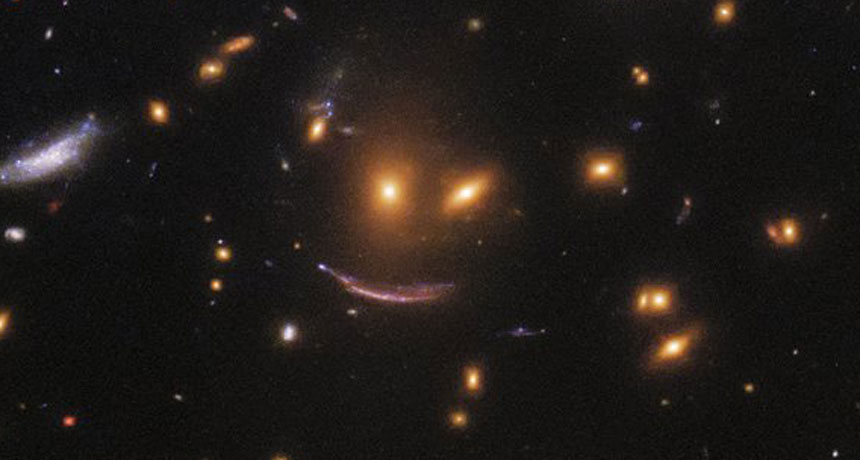Hubble has been busy since coming back online
The space telescope orbiting Earth has been studying red dwarf flares

SAY CHEESE This image of a faraway galaxy cluster, released November 2, was taken with Hubble before the space telescope’s recent malfunctions. Hubble returned to work on October 26.
Hubble/NASA and ESA, Judy Schmidt (geckzilla)







